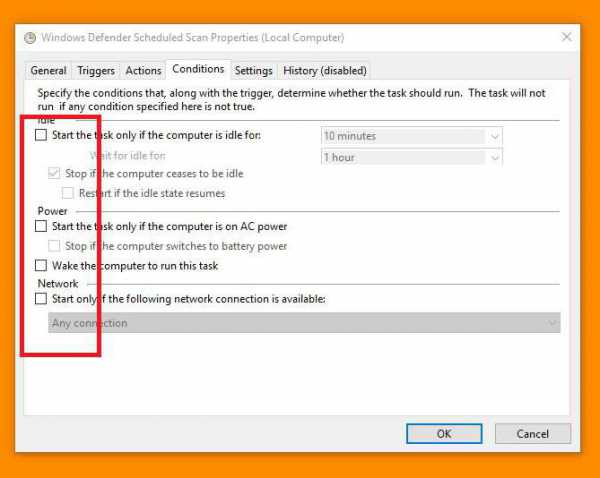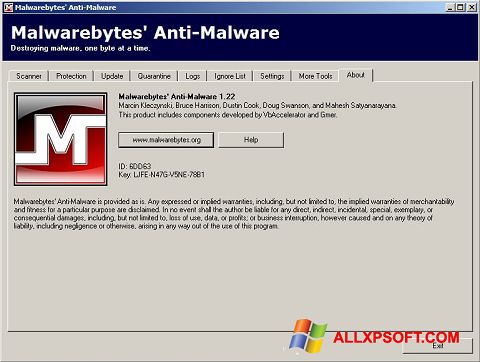

It is the last thing you can do to disable Antimalware Service Executable in Windows 11. 3] Disable Microsoft Defender Antivirus Service # Press Win+R to open the Run prompt.Type gpedit.msc and click the OK button.Navigate to this path: Computer Configuration > Administrative Templates > Windows Components > Microsoft Defender Antivirus > Real-time ProtectionDouble-click on the Turn off real-time protection setting.Choose the Enabled option.Click the OK button. To disable Real-time protection using Local Group Policy Editor, follow these steps: Open Windows Security on your computer.Switch to the Virus & threat protection tab.Find the Virus & threat protection settings section.Click on the Manage settings option.Toggle the Real-time protection button to turn it off. To disable Real-time protection using Windows Security, follow these steps: However, it is not recommended unless or until you face major issues due to this process.

If you want to disable this process permanently, you need to disable the Real-time protection. The Antimalware Service Executable process represents the Real-time protection of Windows Security. The process will be terminated immediately. Press Win+X to open the WinX menu.Select Task Manager from the menu.Find the Antimalware Service Executable process.Select it and click the End task button. To disable Antimalware Service Executable using Task Manager, follow these steps: No matter whether you use Windows 11 or Windows 10, the methods are the same on both versions of Windows. It is probably the easiest way to disable Antimalware Service Executable in Windows 11. To learn more about these methods, continue reading. To disable Antimalware Service Executable in Windows 11/10, follow these methods: How to disable Antimalware Service Executable in Windows 11/10 #


 0 kommentar(er)
0 kommentar(er)
